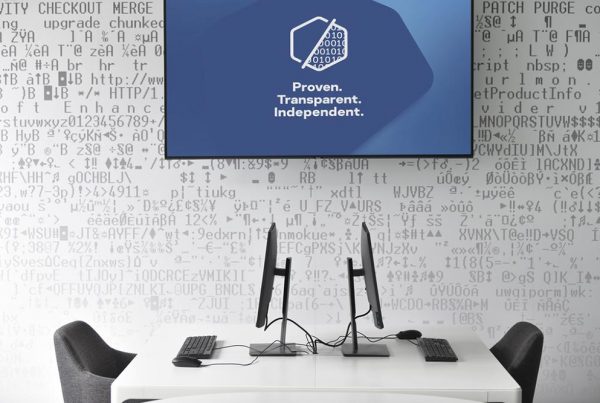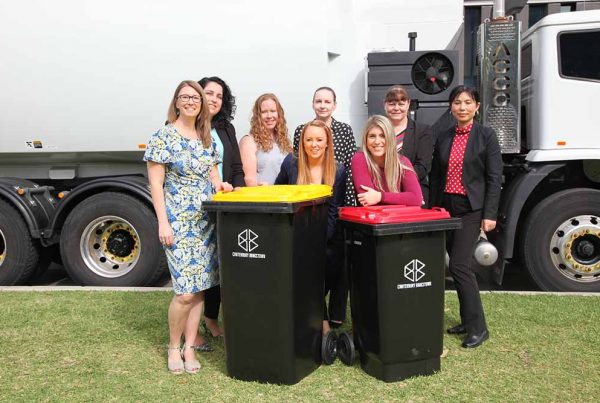
Image: ThoroughlyReviewed/flickr
A new report from the New South Wales Auditor-General has found that several state government departments weren’t able to show that their use of contingent labour is the best way to meet their business needs or deliver value for money.
In the report, titled Contingent workforce: management and procurement, the Auditor-General Margaret Crawford found that the Department of Industry, Transport for NSW, and the Department of Education were unable to demonstrate their use of contingent labour is the best resourcing strategy to address any skills gaps.
“Additionally, the Department of Industry and Transport for NSW have limited oversight of their contingent workforce,” the report said.
Contingent labour means people employed by a recruitment agency and hired by government agencies to provide labour or services on a short-term basis.
According to the report, between 2011−12 and 2015−16, government spending on contingent labour has increased from $503 million to $1.1 billion.
Ms Crawford also criticised the agencies for delivering incomplete information and that reports are “onerous” to produce and there is limited reporting to the agencies’ executive.
She said none of the agencies routinely monitor nor centrally document the performance of contingent workers to ensure services are delivered as planned.
“Together, these factors make it difficult for agencies to ensure contingent labour is engaged only when needed, at reasonable rates, and delivers quality services,” the report said.
However, the report cited the Department of Education as an example where a government body has acted to boost its monitoring of its contingent workforce, through its introduction of a new software system and recruitment broker, together called ‘Contractor Central’, which have the potential to improve value for money.
According to the report, the new software enables staff to easily obtain real-time reports on their contingent workforce.
The recruitment broker has the potential to better negotiate and benchmark pay rates, the report said.
‘The Department of Education reported a net saving of $944,500 from August 2015−May 2016. The other two agencies are at different stages of implementation of Contractor Central,’ the report said.
Ms Crawford finally recommended that agencies carry out analyses of agency-wide business needs and skills gaps to understand how their business needs are best met using contingent workers or other recruitment options.
“In this analysis, agencies should specifically assess whether their long-term contingent worker engagements are the most economical and effective labour option.
“In addition, agencies should assess and centrally monitor the performance of their contingent workforce to ensure that services are delivered as contracted and with quality,” Ms Crawford said.





